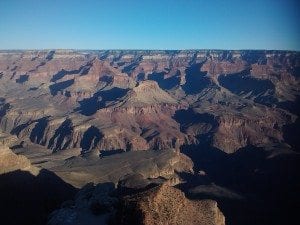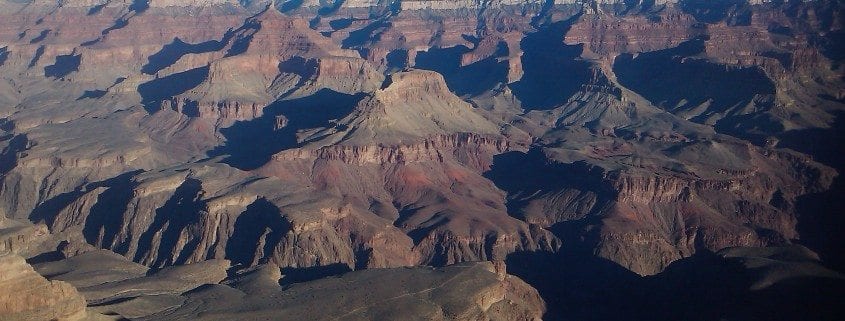Tribes of the Canyon – The Havasupai
The Grand Canyon has always had a rich heritage and a Native American culture that transcends eons. The Anasazis were known to inhabit the canyon from as far back as the 500 A.D.  They were soon followed by the Cerbats, the Hualapai, the Havasupai and the Navajo. Who were these people who were so in tune with nature? What was their life like? Where are they today? This series aims to educate you on the diverse tribes that have inhabited the Canyon with a brief insight into their livelihood and customs. So let’s kick start the series with a tribe that has made the Grand Canyon its home for the past 800 years, the Havasupai.
They were soon followed by the Cerbats, the Hualapai, the Havasupai and the Navajo. Who were these people who were so in tune with nature? What was their life like? Where are they today? This series aims to educate you on the diverse tribes that have inhabited the Canyon with a brief insight into their livelihood and customs. So let’s kick start the series with a tribe that has made the Grand Canyon its home for the past 800 years, the Havasupai.
The Havsuw’ Baaja meaning, ‘Blue Water People’, or more popularly known as the Havasupai, is a Grand Canyon Tribe. They were the descendants of the Cerbats, who were predominantly Hunter-gatherers. Unlike the Cerbats, the Havasupai were also skilled in the art of agriculture and depended heavily on it for their survival. This Yuman speaking population once occupied a large tract of the Cataract Canyon and now has their reservation in Coconino County, found on the Grand Canyon south rim, with Supai being its capital city.
The Cataract Canyon is a breathtaking place known for its blue-green waters and magnificent waterfalls. On establishment of the Grand Canyon national park in 1919, the tribe was restricted to just 518 acres; now the tribe occupies 188,077 acres of its former homelands. The reservation is a topographical wonder, with predominantly plateau features. The plateau is adorned with deep, scenic canyons, gentle rolling slopes, and outcrops of limestone.
During winters, the Havasupai people hunted for food along the plateau shelf, while in summer they went down to the canyon to cooler Colorado environs and set up farms along these riparian banks. Today the Havasupai rely on tourism to support their reservation. With a living population of 639 and a median age of 24.8 years, the Havasupai is one of the largest American Indian tribes that are currently found on the canyon. Their upland Yuman language is unique in the fact that it is the only Native American language in the US that is spoken by 100% of its population.
The Havasupai consider land to be very sacred. Visitors to the reservation are usually requested to leave alcohol, drugs and weapons behind, before being allowed entry into the reservation. The number of overall visitors is limited to prevent overcrowding, with only about 12,000 visitors allowed to visit annually. Supai is one of the most remote cities in the United States and can be accessed only via Old U.S. Route 66, traveling about 60 miles (96 km) along BIA Road 18 to the trailhead located at the Hualapai Hilltop. The trail can be travelled on foot, mule or horseback. There are also specific Helicopter rides which transport you from the hilltop into the reservation.
The Havasupai people are a very colorful tribe and are excellent craftsmen. On your visit to this Grand Canyon reservation, be sure to visit the many small stores selling interesting works of art and jewelry.




